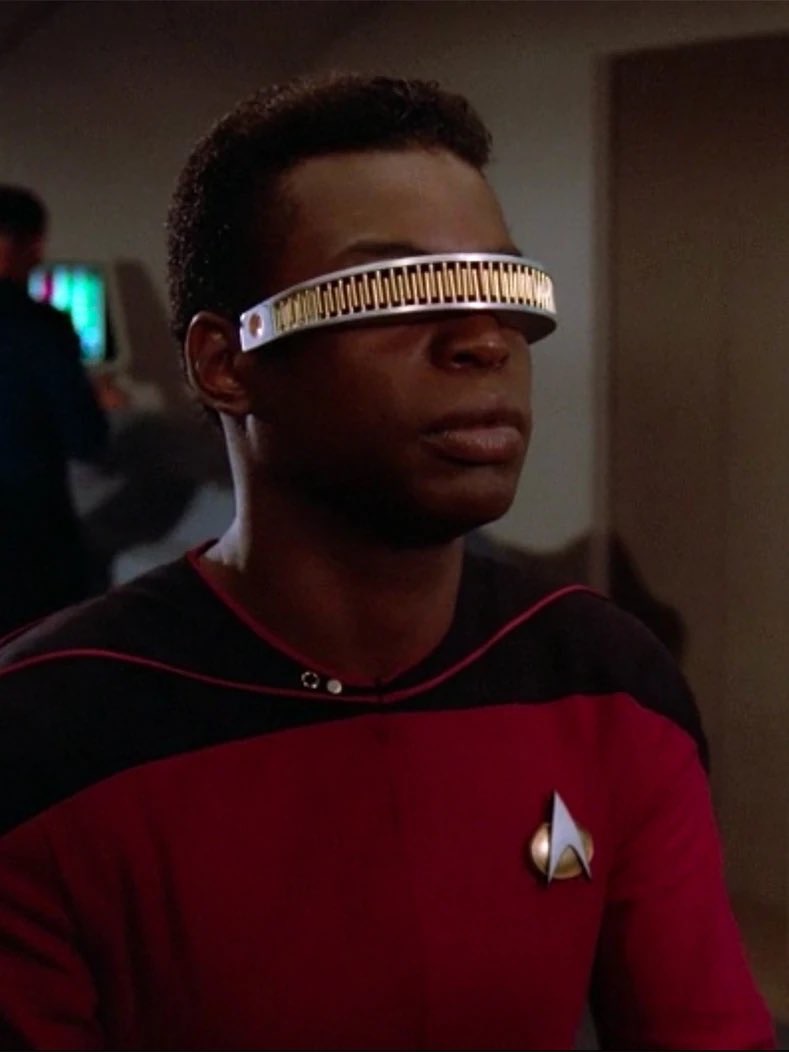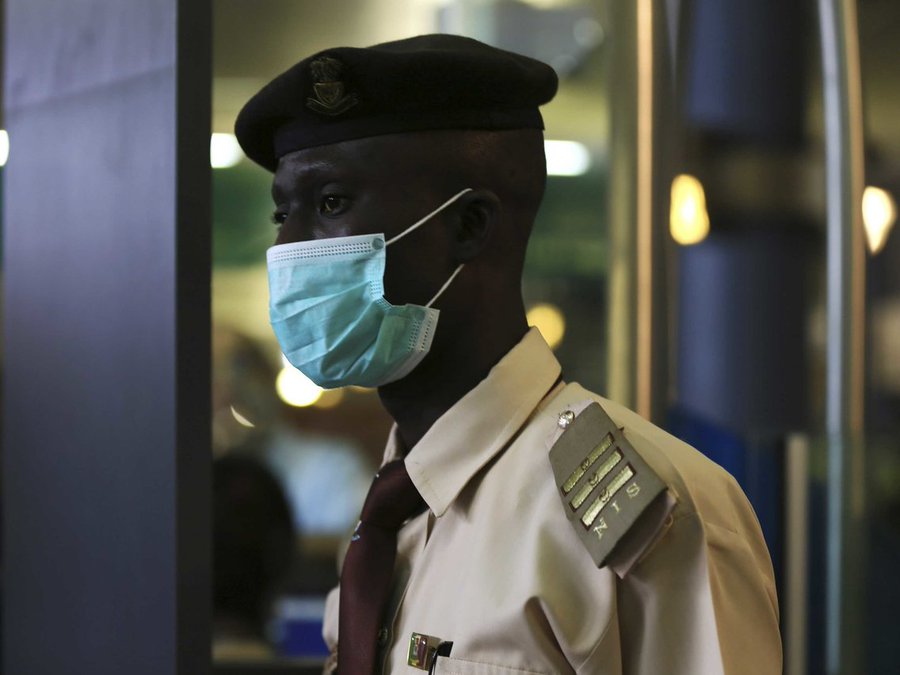Experts say it’s actually really different – and way riskier – than swapping spit.
Glamour uk
Perhaps you’re on a romantic weekend getaway and realize too late that you forgot to pack a toothbrush. Or maybe you’ve accidentally used your partner’s toothbrush (or vice versa) a couple of times. If you’re already intimate with someone, then how big of a deal can it really be to share their dental tools too?
“There are lots of things we want to share with our partners, but a toothbrush shouldn’t be one of them,” Nammy Patel, DDS, owner of Green Dentistry.
That’s because there are millions of bacteria, fungi, and other microorganisms inside our mouths. Many of these tiny bugs can be transmitted through smooching, too, but the health risks are even higher when borrowing brushes versus swapping spit, Dr Patel warns.
With kissing, you’re usually only exchanging saliva—which, yes, can still spread things like COVID and cold sores. But sharing a toothbrush can potentially introduce bacteria from your significant other’s mouth into your bloodstream, says Peggy Budhu, DDS, a dentist and clinical director at NYU Langone Health. The bristles (which help prevent plaque buildup and remove food particles from your teeth) also scrub your gums—“a vulnerable area made of a very thin layer of tissue,” Dr Budhu says. And brushing too hard (which many of us accidentally do) can break this delicate layer, which, she explains, can allow harmful bacteria to enter your bloodstream directly.
More specifically, borrowing any personal hygiene tool (like a razor or toothbrush) can potentially expose you to blood-borne viruses that your partner may have, like hepatitis B or C, per the Centers for Disease Control and Prevention (CDC). Other more common germs to worry about include the bacteria that cause strep throat (Streptococcus), tooth decay (Streptococcus mutans), and gum disease (Porphyromonas gingivalis). (Kissing can transmit these pathogens too, but Dr Budhu says the risk is generally lower because, during a makeout sesh, it’s not like your tongue is getting into the nooks and crannies of your significant other’s teeth, where those harmful microorganisms may be hiding.)
Another thing to keep in mind: If you use your partner’s brush shortly after they do, while it’s still slightly damp, that can increase your chances of getting a bacterial infection, according to both experts. This is because the microscopic organisms in question thrive in moist environments, as research shows. So when the bristles are wet, the bacteria on them can multiply and survive for a longer period, Dr. Patel explains.
Technically, both dentists say this holds for your toothbrush too. However, that’s less of a concern since, for one, you’re probably not re-cleaning your teeth while the bristles are still wet. Also, everyone has a unique oral microbiome with both good and bad bacteria specific to them. So, using your brush, even while it’s damp, just “reintroduces what’s already in your mouth. It’s not like exposing yourself to somebody else’s foreign germs,”
Dr. Patel
Rinsing and drying the bristles should be safer then, right? Sorry, but Dr. Patel and Dr. Budhu agree that it’s still not enough to keep things sanitary. “You’d have to clean the brush with hydrogen peroxide to significantly reduce the risk of infection,” Dr. Budhu says. But most people probably don’t do that regularly, and even if your partner does, there isn’t much research to specify how much hydrogen peroxide to use or how long to expose the toothbrush to it to properly disinfect it.
The best things you can do if you find yourself toothbrush-less, then, is to use antiseptic mouthwash (to kill bacteria) and floss (to remove trapped foot bits and prevent plaque buildup), both dentists say. If you’re stuck with only toothpaste, though, Dr Patel recommends applying it on your (clean!) finger and rubbing your teeth and gums in a circular motion. This technique isn’t as effective as traditional brushing, but it’s a handy alternative to clean your pearly whites in a pinch “without exposing yourself to who knows what bacteria or fungus may be in your partner’s mouth,” Dr Patel says.
So the bottom line: When it comes to sharing with your significant other, maybe just stick to food, kisses, and inside jokes. Sharing is caring but not with toothbrush.



